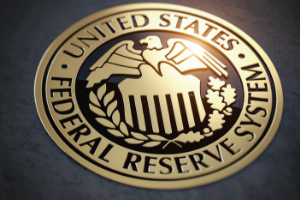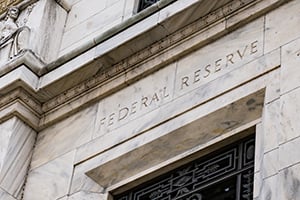The Federal Open Market Committee (FOMC) met this week and voted to cut rates by a half-percent, bringing its policy range to 4.75 percent to 5 percent. This decision comes after committee members had elected to hold rates steady at the preceding eight meetings after their hiking cycle concluded in July 2023. This vote also marks the first time in recent periods that a voting committee member dissented from the popular vote. We saw 11 committee members vote in favor of the action, with Fed Governor Michelle Bowman as the sole dissenter, preferring a quarter-percent cut.











